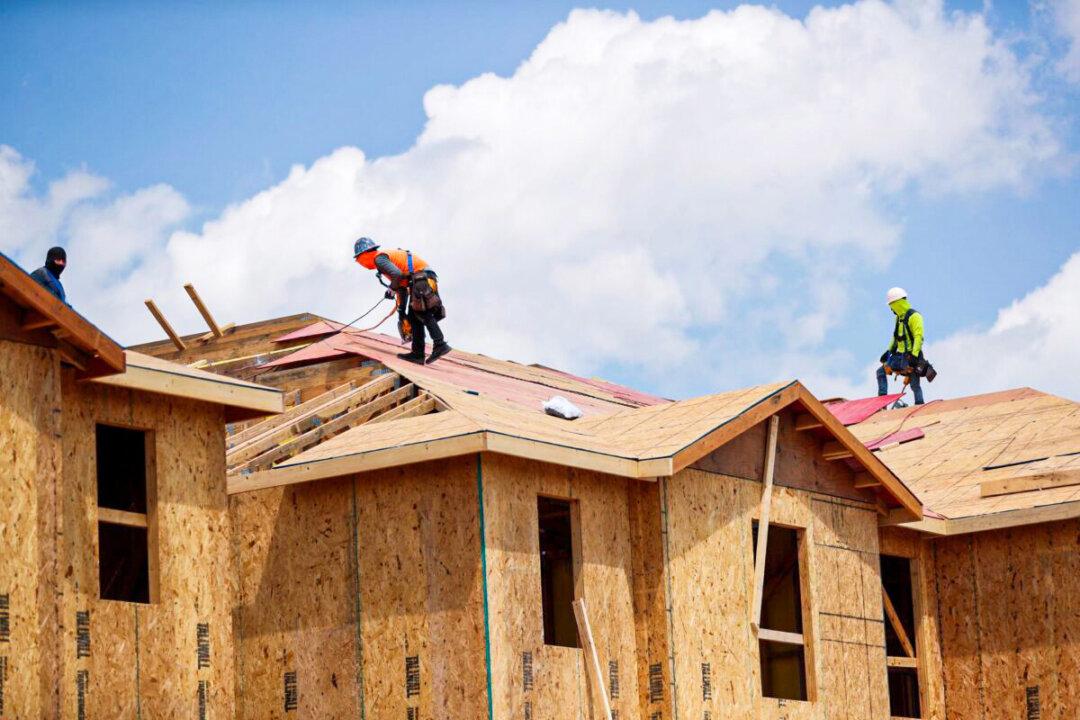Single-home construction went down in October, while authorizations given for starting construction jumped to a 15-year high, revealing a market discrepancy with high demand but a significant shortage of supply.
Single-family housing starts dropped 3.9 percent to a seasonally adjusted annual rate of 1.039 million units last month, according to a report from the Commerce Department on Wednesday. This is the lowest level seen since August last year. The numbers fell throughout the country with the largest reductions in Northeast, Midwest, and West.





